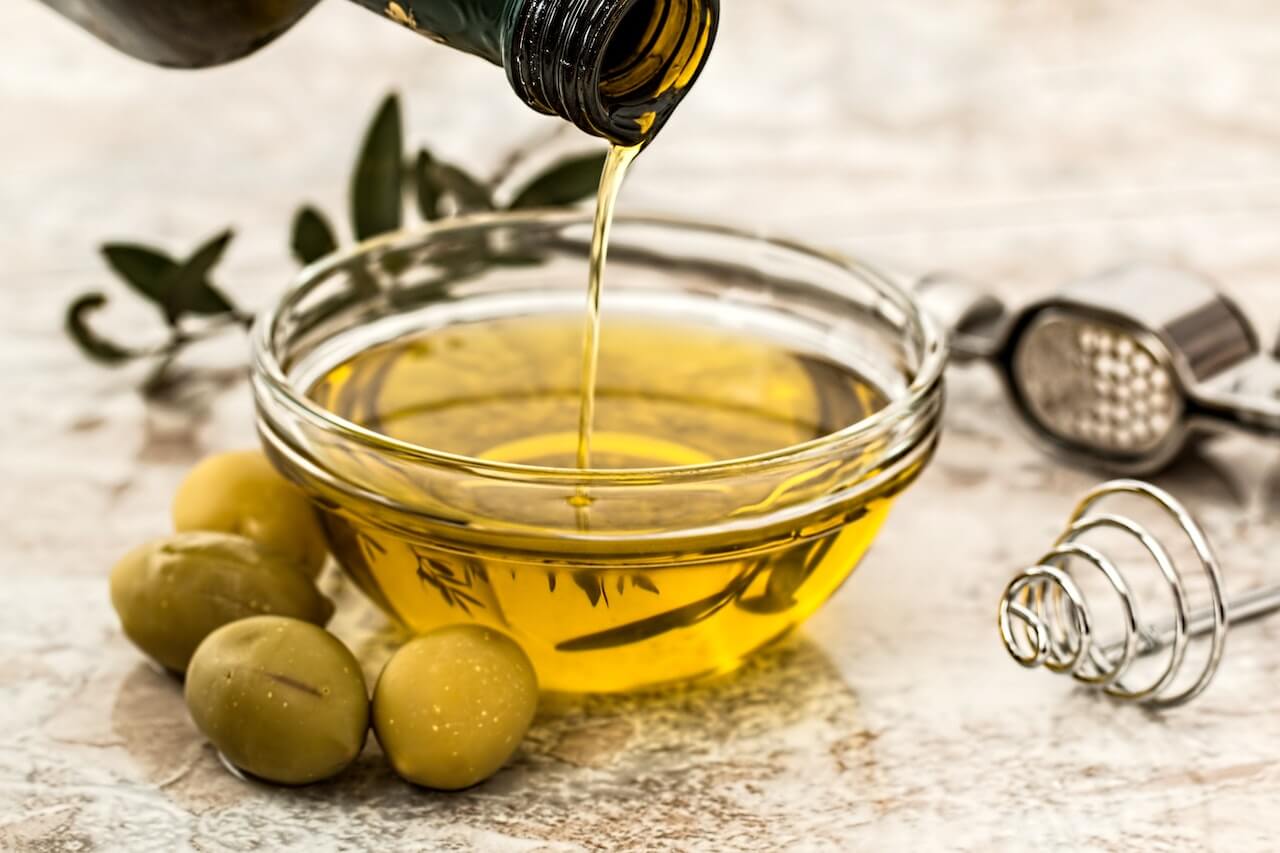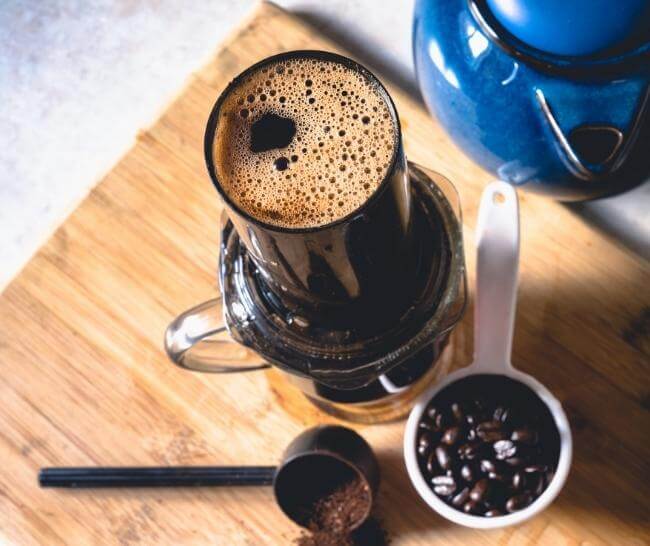There are a wide variety of nut butter options available and so many creative ways to use them now. Nut butter is a perfect addition to a healthy breakfast or snack. Almost any kind of nut can be made into a nut butter including almonds, walnuts, cashews, pecans, and hazelnuts.
These nuts have nutritional properties that differentiate themselves from the traditional peanut.
For instance, almonds are high in calcium and contain vitamin E, an antioxidant that helps with inflammation.1
Walnuts contain a plant-based omega-3 fatty acid that helps reduce the risk of heart disease and helps with inflammation.2
Cashews and pistachios both contain the carotenoids lutein and zeaxanthin. These nutrients may help reduce the risk of eye diseases, like macular degeneration and dementia.3,4
When the right amount is used, nut butter can be part of a healthy diet. Let’s take a look at why they are a good breakfast option and how they help support metabolic health. We’ll finish with a crunchy breakfast treat that will keep you going all morning long.
{{mid-cta}}
Why Nut Butters Are a Good Choice for Metabolic Health
Although high in fat, nuts are rich in protein, vitamins, minerals, and phytochemicals. The main source of fat in nuts is unsaturated fat, both monounsaturated and polyunsaturated. These fats help reduce the risk of cardiovascular disease and may help with reducing inflammation.
There is little research to date looking specifically at the consumption of nut butter and metabolic health. But, the research on people who eat whole nuts has shown a significant reduction in the risk of cardiovascular disease, diabetes, hypertension, and stroke.
A recent large meta-analysis looked at 19 studies published between 1992 and 2018. They evaluated the risk of developing cardiovascular disease and stroke. Consumption of tree nuts, peanuts, and walnuts was all associated with a reduced risk of developing cardiovascular disease. This study also looked at peanut butter and saw little association between peanut butter consumption and the risk of cardiovascular disease.5
Other markers of metabolic health include fasting blood glucose, insulin resistance, HDL, and triglyceride levels. A large study looked at all these markers and at participants who had a high weekly consumption of nuts (>5 servings per week.) They saw significant improvements in all metabolic health parameters in those with high nut consumption.6
Types of Nut Butters
Nut butter is becoming more and more popular. This isn’t a surprise, as more people are turning towards plant-based eating (plus, who doesn’t love a slice of whole-grain toast with a smear of creamy, melty nut butter?). Nut butter offers an alternate source of protein that is filling, convenient, and easy to use.
The different varieties of nut butter are similar in calories and protein content to peanut butter. But they offer additional nutrients including omega-3 fatty acids and antioxidants. Many are higher in some nutrients like vitamin E, iron, and calcium than peanut butter, giving them the edge up on the household staple.
Peanut Butter
Peanut butter is the most common type of nut butter consumed in the U.S.. According to the National Peanut Board, the peanut butter and jelly sandwich is one of the most popular sandwiches in the U.S.7
Peanut butter is made by grinding peanuts in two steps to form a paste. According to the National Peanut Board, the first grind breaks down and grinds the peanuts to a medium grind. The second time grinds the peanuts to a thick paste. Sometimes salt, sugar, and oil are added for flavor and to help stabilize the spread. In order for it to be called “peanut butter,” the spread must contain at least 90% peanuts.
2 tablespoons of peanut butter has around 190 calories, 7 grams of protein, and 16 grams of fat. Most of the fat comes from monounsaturated fat. It also has about 1.5 grams of fiber and is rich in vitamin E, niacin, and vitamin B6.8
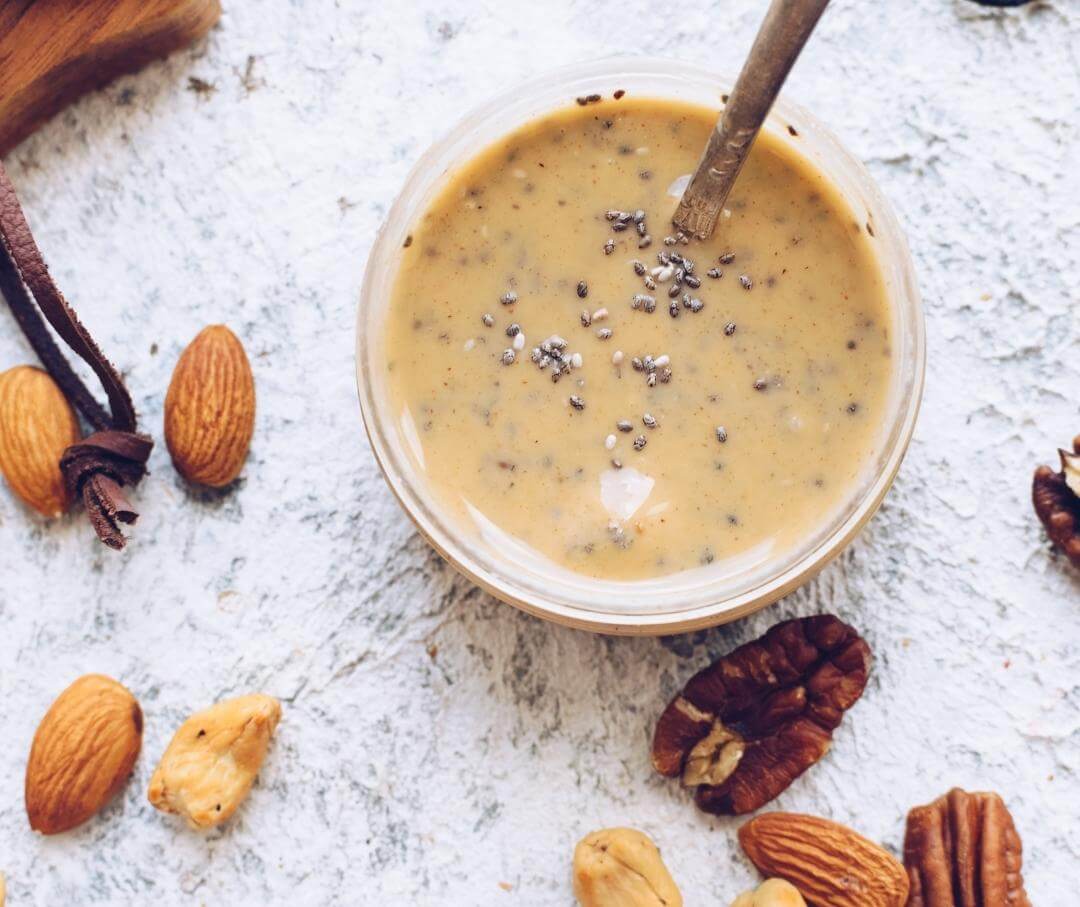
Almond Butter
Almond Butter is rising in popularity and can be found in most grocery stores. It’s a great substitute for people who are allergic to peanuts or just want to switch things up
While protein, fat, and calories are similar to peanut butter, almond butter is slightly higher in monounsaturated fat, fiber, vitamin E, iron, and calcium.9
A small study found that adding almonds or almond butter to breakfast helped decrease blood glucose concentrations and increased feelings of satiety following breakfast.10
<p class="pro-tip"><strong>Learn about </strong> <a href="/blog/signs-of-hunger">hunger signals and blood sugar</a>.</p>
Cashew Butter
Cashew butter is growing in popularity. It has a more mild, sweet flavor and is creamier in texture compared to almond or peanut butter. It also is about 200 calories and 16g of fat per 2 tablespoon serving, but it is much lower in protein and fiber than almond butter or peanut butter and has less monounsaturated fat than almond butter.11
Cashew butter is a good source of iron and cashews contain the carotenoids lutein and zeaxanthin. A small study found that eating cashew nuts and walnuts lead to a slight improvement in antioxidant status in people with metabolic syndrome. They did not find a significant change in metabolic markers including HDL cholesterol, triglycerides, or blood glucose.12
Mixed Nut Butter
Mixed nut butter is typically made from (you guessed it) a variety of nuts – almond, Brazil nuts, cashews, hazelnuts, pecans, walnuts, and a little sea salt. Some varieties may also contain sunflower and pumpkin seeds. While the nutritional values vary by brand, most tree nut butters have around 200 calories and 16g of fat per serving and are comparable to almond and peanut butter in their fiber content.
Most brands have only sea salt added, but always check the label when shopping. One thing to know is that mixed nut butter may contain peanuts, so it wouldn’t be a good choice for someone with a peanut allergy.
Benefits of Having Nut Butter for Breakfast
Nut butter is rich in protein, monounsaturated fat, and a variety of vitamins and minerals. It is a quick protein option that is filling and easy to use. High in protein and fat, it is a satiating option that may also help stabilize your blood sugar.
<p class="pro-tip"><strong>Learn about </strong> <a href="/blog/benefits-stable-glucose">the benefits of stable blood sugar</a>.</p>
One small study found that adding peanut butter to carbohydrates at breakfast helped reduce blood glucose levels and increased feelings of satiety in women.13
Look for nut butter varieties without extra added ingredients, like stabilizers and preservatives. Many have added sugar and salt for flavor so be sure to read the label. You can add your own sweetener or salt if you need to.
When shopping look for pure nut butter, with maybe a little sea salt. Remember that pure nut butter needs to be stirred before use and must be kept in the refrigerator.
Nut butter is easy to add to overnight oats (insert a link to the overnight oats recipe) or a smoothie for a boost of protein in the morning.
It is also delicious slathered on toast for a quick breakfast or added to baked goods like cookies, muffins, and quick bread to boost their protein content.
<p class="pro-tip"><strong>Learn about </strong> <a href="/blog/protein-for-weight-loss">why protein helps with weight loss</a>.</p>
Almond Butter Breakfast Biscuits Recipe
These almond butter breakfast biscuits are easy to make and will keep for about a week in the refrigerator.
Ingredients:
2 medium bananas, mashed (about 8 oz.)
½ cup all-natural almond butter
2 cups old-fashioned oats
¼ cup chopped dates
1 tsp. cinnamon
Directions:
- Preheat the oven to 350°F. Line a rimmed baking sheet with parchment paper.
- Put mashed bananas in a medium bowl. Mix in almond butter until it is well combined with the bananas.
- Stir in the oats and cinnamon until a dough forms.
- Using a spoon, place 2 tbsp. dough balls evenly spaced out on the prepared baking sheet. Press down to ~¾ inch thick circles.
- Bake in the preheated oven for 15 minutes, or until firm to touch.
- Allow to cool and place in a resealable container and place in the refrigerator to store.
Makes: 12 cookies
Prep Time: 10 minutes
Cook Time: 15 minutes
<p class="pro-tip"><strong>Keep reading about </strong> <a href="/blog/nuts-blood-sugar">the best nuts for stabilizing blood sugar</a>.</p>
- Item 1
- Item 2
- item 3
Topics discussed in this article:
References
- Lewis, E. D., Meydani, S. N., & Wu, D. (2019). Regulatory role of vitamin E in the immune system and inflammation. IUBMB life, 71(4), 487–494. https://doi.org/10.1002/iub.1976
- Guasch-Ferré, M., Liu, X., Malik, V. S., Sun, Q., Willett, W. C., Manson, J. E., Rexrode, K. M., Li, Y., Hu, F. B., & Bhupathiraju, S. N. (2017). Nut Consumption and Risk of Cardiovascular Disease. Journal of the American College of Cardiology, 70(20), 2519–2532. https://doi.org/10.1016/j.jacc.2017.09.035
- Mares J. (2016). Lutein and Zeaxanthin Isomers in Eye Health and Disease. Annual review of nutrition, 36, 571–602. https://doi.org/10.1146/annurev-nutr-071715-051110
- Yuan, C., Chen, H., Wang, Y., Schneider, J. A., Willett, W. C., & Morris, M. C. (2020). Dietary carotenoids related to risk of incident Alzheimer dementia (AD) and brain AD neuropathology: a community-based cohort of older adults. The American journal of clinical nutrition, 113(1), 200–208. Advance online publication. https://doi.org/10.1093/ajcn/nqaa303
- Becerra-Tomás, N., Paz-Graniel, I., W C Kendall, C., Kahleova, H., Rahelić, D., Sievenpiper, J. L., & Salas-Salvadó, J. (2019). Nut consumption and incidence of cardiovascular diseases and cardiovascular disease mortality: a meta-analysis of prospective cohort studies. Nutrition reviews, 77(10), 691–709. https://doi.org/10.1093/nutrit/nuz042
- Mazidi, M., Vatanparast, H., Katsiki, N., & Banach, M. (2018). The impact of nuts consumption on glucose/insulin homeostasis and inflammation markers mediated by adiposity factors among American adults. Oncotarget, 9(58), 31173–31186. https://doi.org/10.18632/oncotarget.25168
- Greiner, A. (2019). What's America's Favorite Sandwich? YouGov. Retrieved August 25, 2022, from: https://today.yougov.com/topics/consumer/articles-reports/2019/08/01/whats-americas-favorite-sandwich
- U.S. Department of Agriculture, Agricultural Research Service, FoodData Central. (2019) Peanut butter, smooth style, without salt. Retrieved August 25, 2022, from: https://fdc.nal.usda.gov/fdc-app.html#/food-details/172470/nutrients
- U.S. Department of Agriculture, Agricultural Research Service, FoodData Central. (2019) Nuts, almond butter, plain, with salt added. Retrieved August 25, 2022, from: https://fdc.nal.usda.gov/fdc-app.html#/food-details/168603/nutrients
- Mori, A. M., Considine, R. V., & Mattes, R. D. (2011). Acute and second-meal effects of almond form in impaired glucose tolerant adults: a randomized crossover trial. Nutrition & metabolism, 8(1), 6. https://doi.org/10.1186/1743-7075-8-6
- U.S. Department of Agriculture, Agricultural Research Service, FoodData Central. (2019) Nuts, cashew butter, plain, with salt added. Retrieved August 25, 2022, from: https://fdc.nal.usda.gov/fdc-app.html#/food-details/168597/nutrients
- Davis, L., Stonehouse, W., Loots, D.T., Mukuddem-Petersen, J., van der Westhuizen, F.H., Hanekom, S.M., & Jerling, J.C. (2007). The effects of high walnut and cashew nut diets on the antioxidant status of subjects with metabolic syndrome. European Journal of Nutrition, 46(155-164). https://doi.org/10.1007/s00394-007-0647-x
- Reis, C. E., Ribeiro, D. N., Costa, N. M., Bressan, J., Alfenas, R. C., & Mattes, R. D. (2013). Acute and second-meal effects of peanuts on glycaemic response and appetite in obese women with high type 2 diabetes risk: a randomised cross-over clinical trial. The British journal of nutrition, 109(11), 2015–2023. https://doi.org/10.1017/S0007114512004217

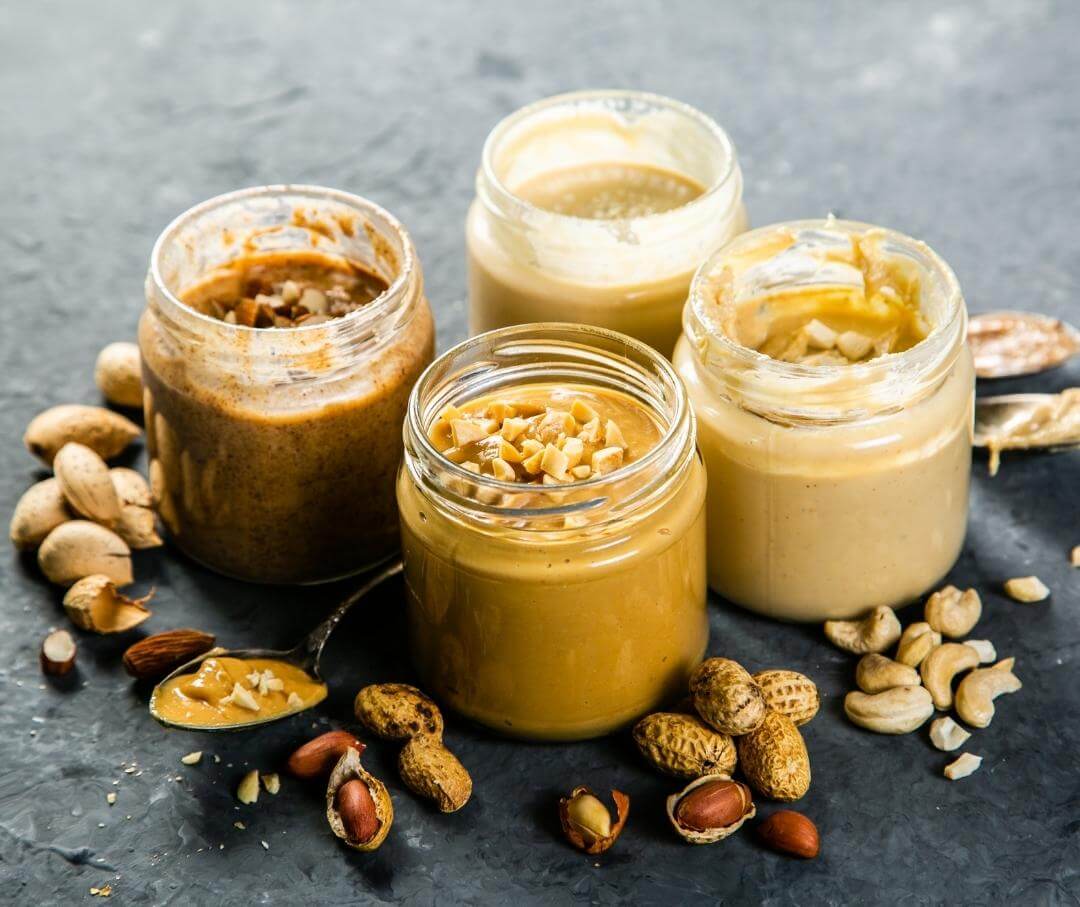
.jpg)

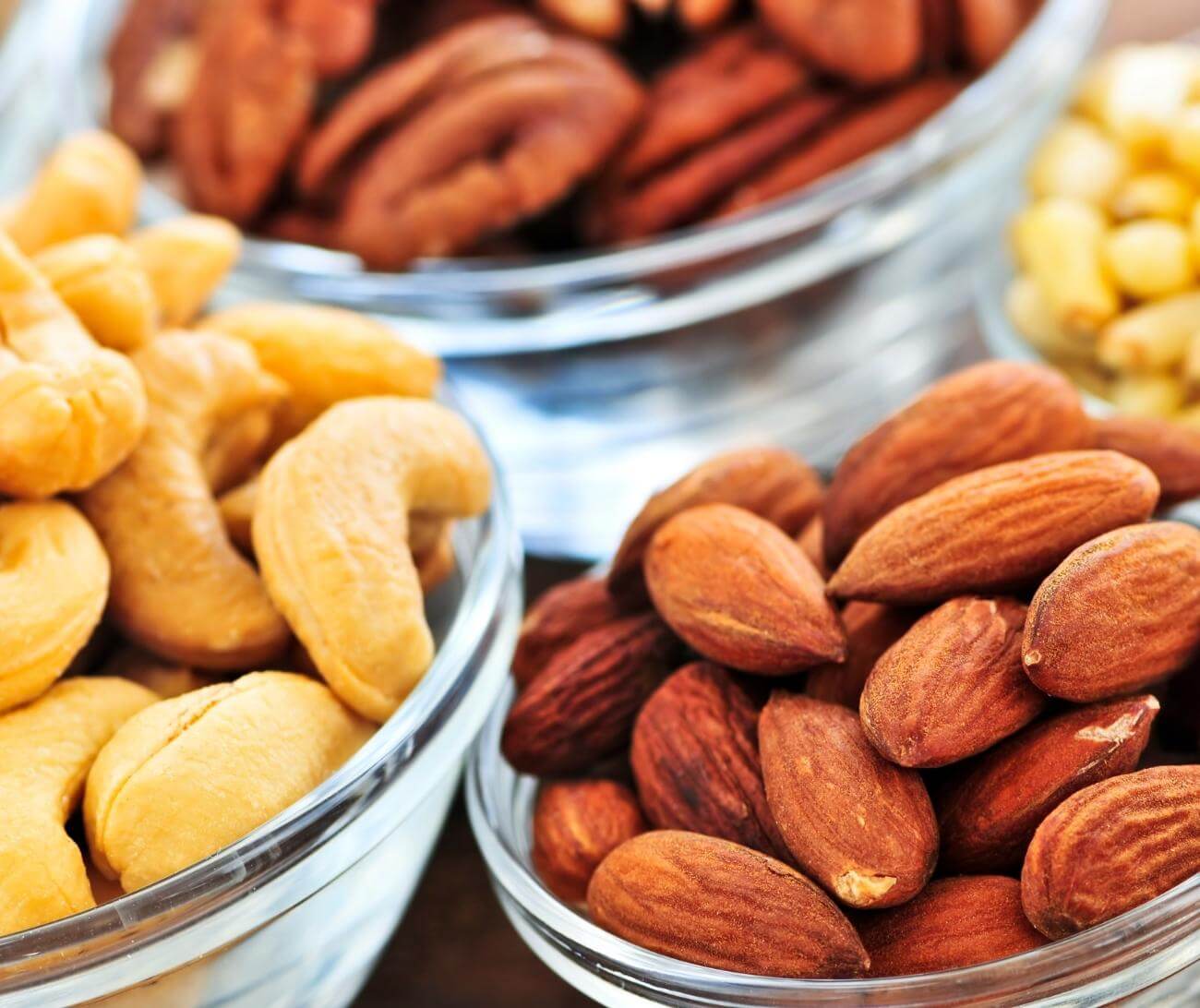

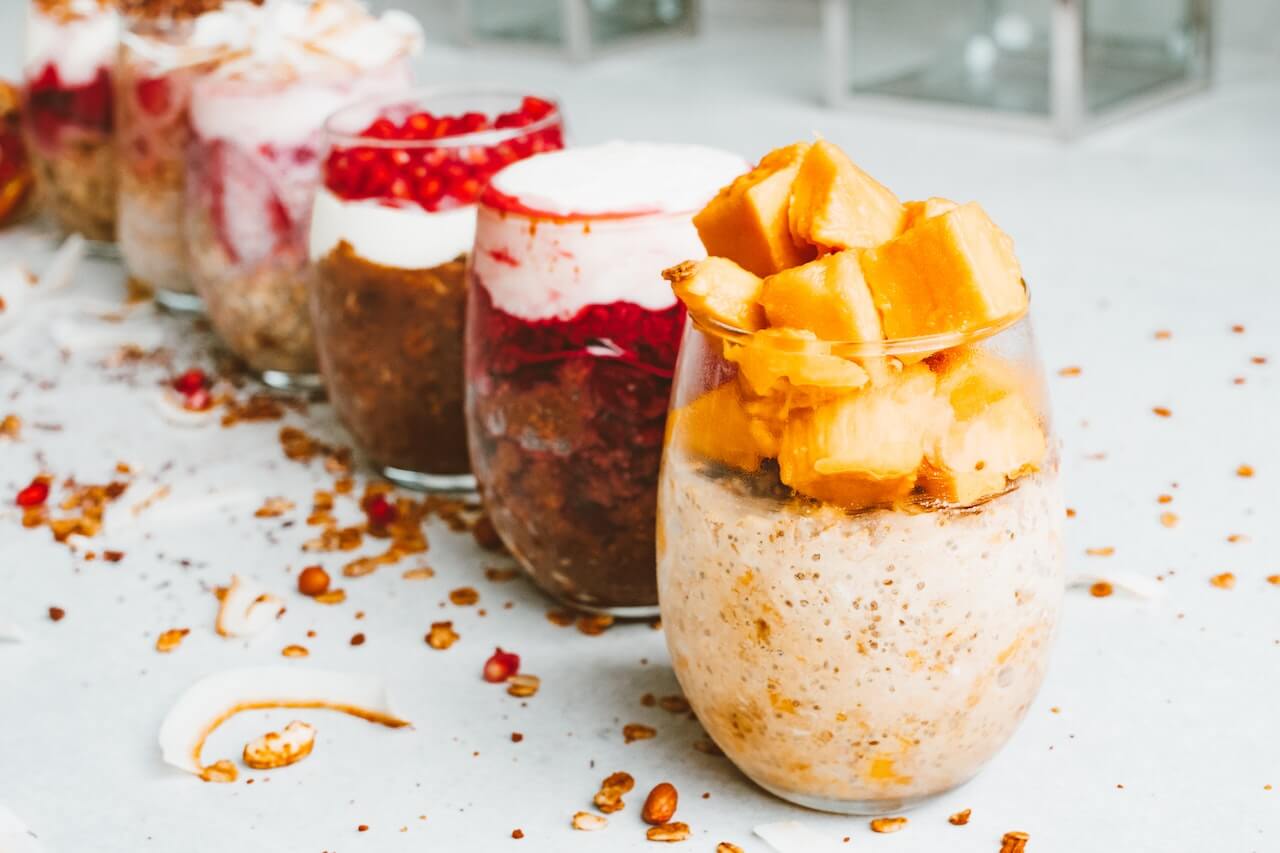
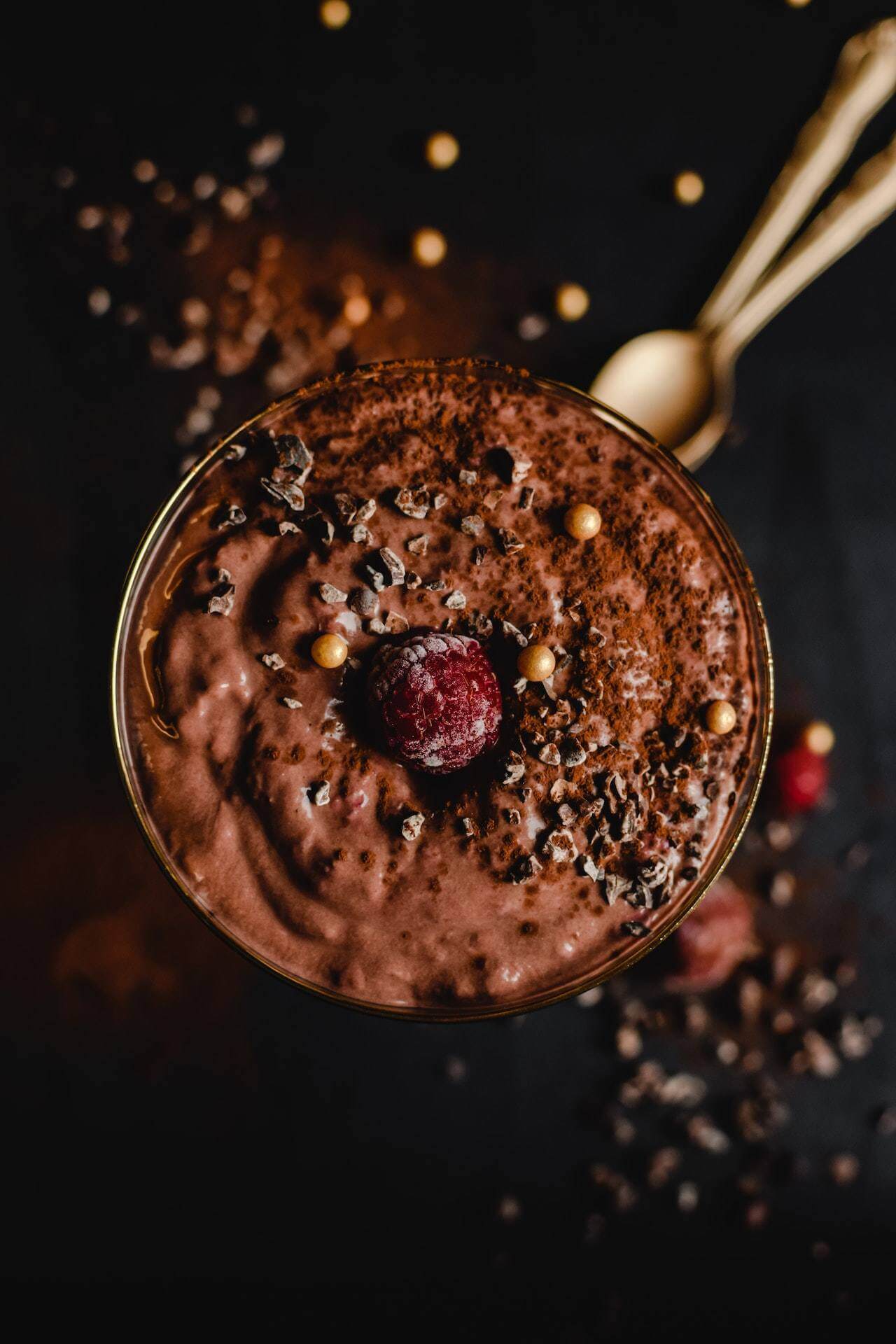

.jpg)
